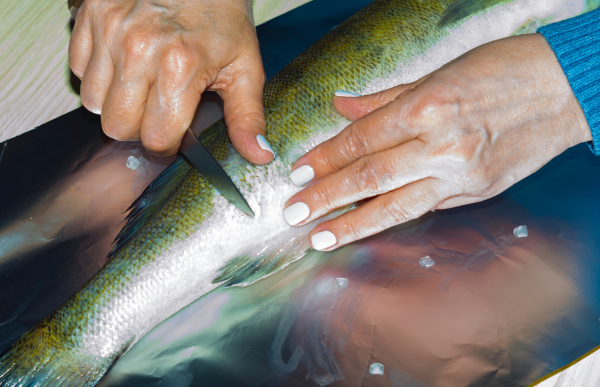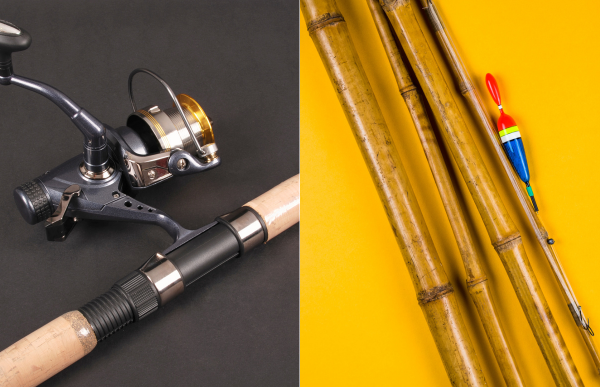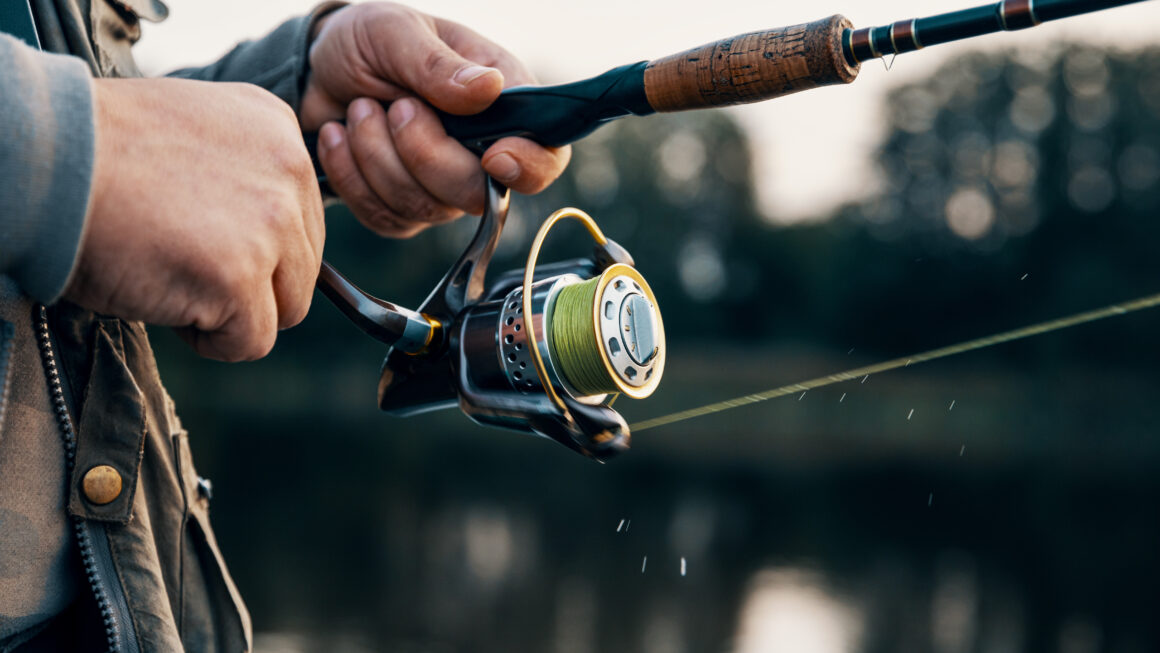Chlorinators are vital tools for disinfecting water in a variety of applications, including swimming pools, industrial settings, and municipal water treatment plants. They ensure that water is safe to consume and use by controlling bacteria, viruses, and other pathogens. In this guide, we’ll walk through how to use chlorinators effectively, provide expert tips, and recommend trusted brands to enhance your water treatment practices.
How to Use Chlorinators
Here are 4 steps on how to use chlorinators:
- Selection
- Installation
- Operation
- Maintenance
Selection
Selecting the right chlorinator for your specific water treatment needs is critical to the success of your system. Chlorinators come in different types, each suited for various applications.
- Gas Chlorinators: Often used in large-scale water treatment plants, these chlorinators use chlorine gas to disinfect water. They are highly effective but require stringent safety measures.
- Tablet Chlorinators: These use solid chlorine tablets and are commonly seen in swimming pools and smaller-scale systems. They are easier to handle and maintain than gas systems.
- Liquid Chlorine Feeders: Designed to dispense liquid chlorine into water, these systems are typically used for mid-size applications and provide a balance of ease and effectiveness.
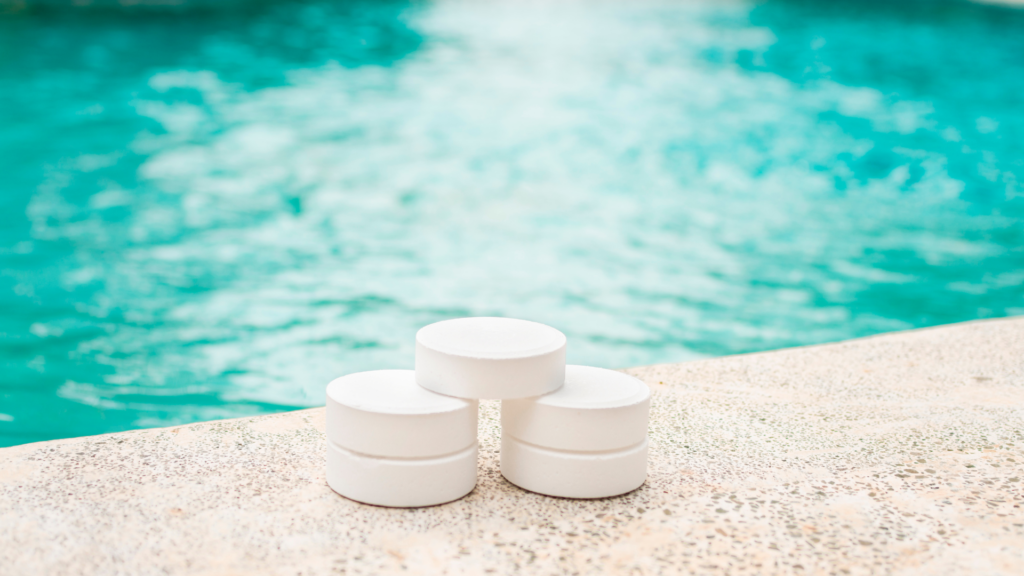
Factors to Consider:
- Water Flow Rate: Higher flow rates may require more advanced systems like gas or liquid feeders.
- Required Chlorine Dose: Estimate the amount of chlorine needed based on your water source and intended application.
Installation
Proper installation of chlorinators is crucial for effective operation. Each type of chlorinator has specific installation requirements, and it’s important to follow the manufacturer’s instructions to avoid issues down the line.
- Gas Chlorinators: Must be installed in well-ventilated areas due to the potential hazards of chlorine gas. Ventilation helps prevent dangerous chlorine buildup.
- Tablet and Liquid Chlorinators: These systems generally require less stringent installation requirements, but correct placement in the water treatment process is key
- Ease of Maintenance: Some chlorinators require more frequent upkeep than others, so factor in your availability for maintenance tasks.
Additional Installation Tips: Install chlorine gas detectors for gas chlorinators to alert you to leaks or unsafe conditions. Place your chlorinator where it’s easily accessible for regular maintenance.
Operation
Operating chlorinators correctly ensures the proper disinfection of water.
- Chlorine Dose: Set the chlorinator to deliver the correct amount of chlorine based on your water treatment needs. This can be done manually or automatically, depending on the system.
- Monitoring: Use a chlorine test kit regularly to monitor chlorine levels in treated water. This ensures that chlorine levels remain within safe and effective ranges.
- Adjustments: Make dosage adjustments as needed based on changing water quality and demand. For example, higher chlorine doses might be necessary after heavy rain in outdoor applications.
Maintenance
Routine maintenance of your chlorinator will ensure that it continues to function properly and efficiently over time.
- Cleaning and Inspection: Regularly clean chlorinator components to prevent blockages or malfunctions. Inspect all parts for signs of wear or damage.
- Replacement: Replace worn-out parts, such as seals, gaskets, or feed lines, promptly to avoid system failures.
- Chlorine Refills: For tablet chlorinators, keep an eye on the tablet levels and refill them as necessary to ensure continuous operation. For gas chlorinators, follow all safety protocols when changing chlorine cylinders.
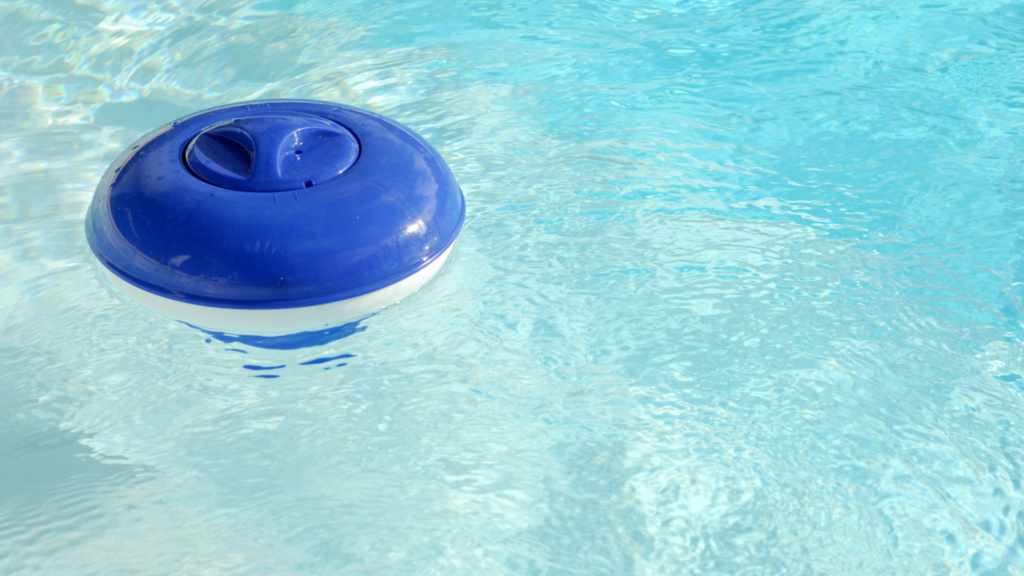
Things to Consider
Safety First
Chlorine is a powerful disinfectant but can be hazardous if mishandled. Always prioritize safety by using the correct personal protective equipment (PPE), such as gloves, goggles, and respirators when working with chlorine, particularly in gas form. Ensure safety measures like chlorine gas detectors are in place, especially for larger systems.
Automatic Control
Modern chlorination systems often come with automatic feed control, adjusting chlorine dosing based on real-time water flow or chlorine demand. This ensures consistent water treatment and reduces the chances of over-chlorination or under-chlorination. Installing a system with automatic control can significantly improve the efficiency of your water treatment process.
Backup Systems
For critical applications, such as municipal water supplies or industrial processes, having a backup chlorination system is important. A sudden failure of your primary chlorinator could compromise water quality, leading to potential health risks or shutdowns. A secondary system can be activated if the main chlorinator fails, ensuring uninterrupted treatment.
Regular Testing
Even with the most advanced chlorination systems, regular testing of water quality is crucial. Implementing a schedule for daily or weekly chlorine testing will help you maintain consistent chlorine levels and adjust treatment as needed. Keep detailed records of test results to track water quality trends over time.
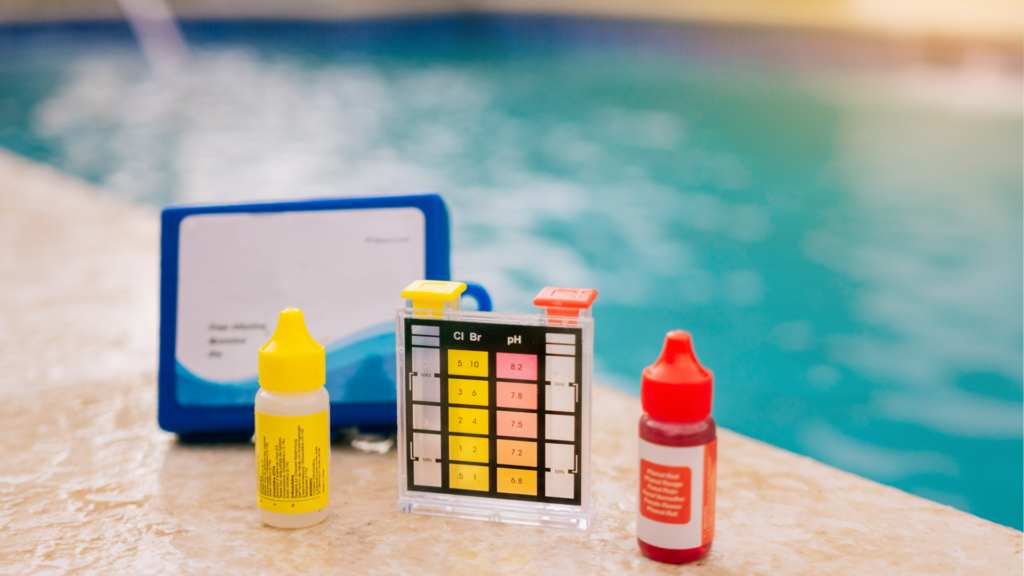
Look for Alternatives
In certain cases, alternative disinfection methods like UV (ultraviolet) or ozone treatment may be more appropriate, depending on the specific water quality requirements. While chlorine is highly effective for disinfection, these alternatives can complement chlorination or even replace it in specialized applications. Consult a water treatment specialist to evaluate the best method for your needs.
Chlorinators play a critical role in ensuring clean and safe water for a variety of applications. Whether you’re treating water for a swimming pool or a large municipal system, choosing the right chlorinator, following proper safety guidelines, and conducting regular maintenance are all key to effective water treatment. By selecting a reliable system from trusted brands and incorporating expert recommendations, you can ensure that your water is disinfected safely and efficiently.

